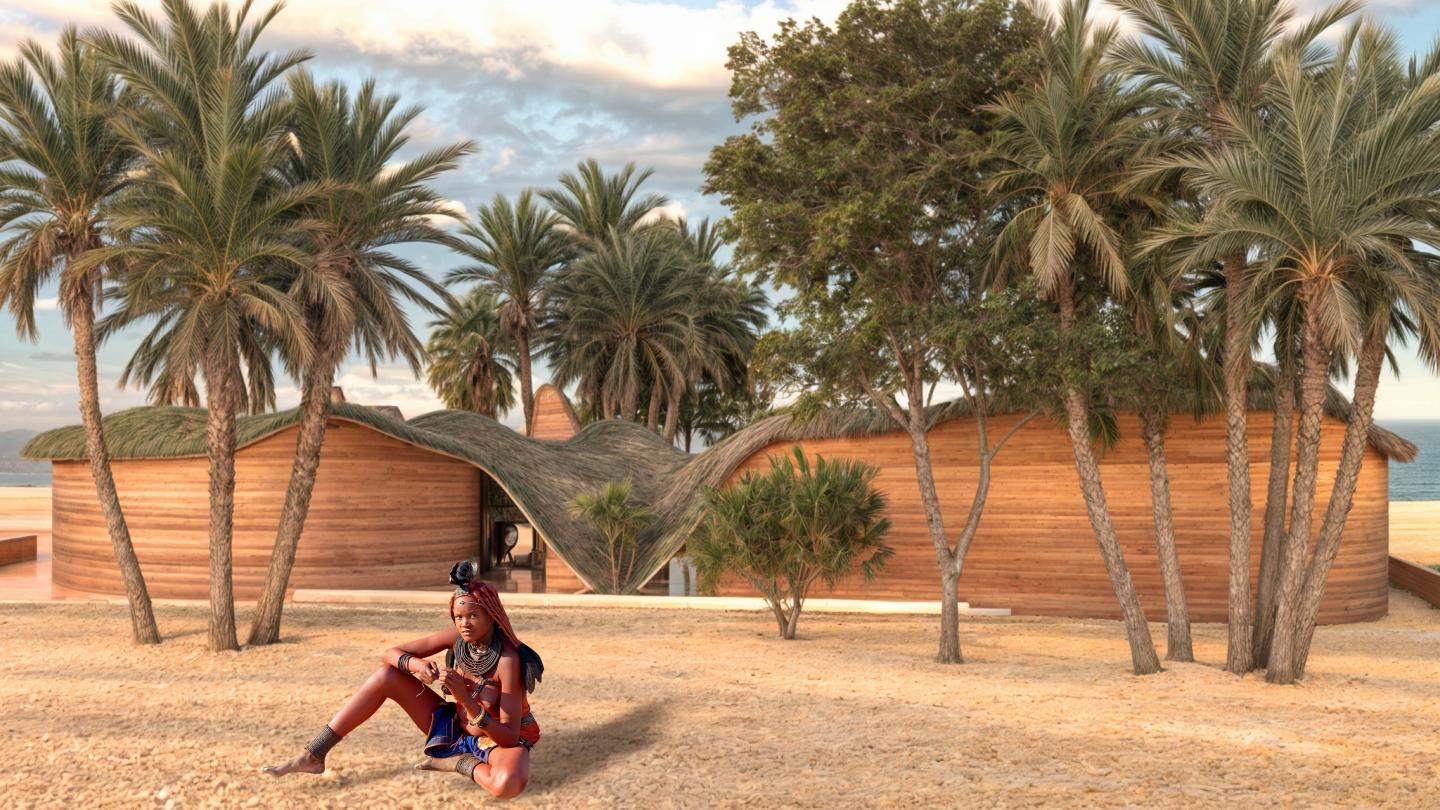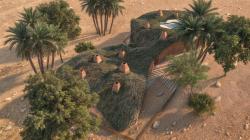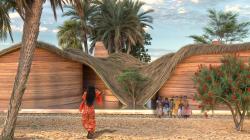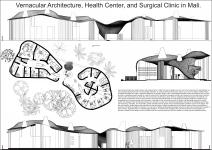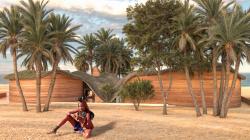Vernacular Architecture, Health Center, and Surgical Clinic in Mali.
This type of design aims not only to be functional and cost-effective but also culturally appropriate and environmentally respectful. In contexts where resources are scarce, such as in the region of Mali (Africa), architectural design can make a significant difference in people's quality of life. A well-designed Health Center and Surgical Clinic not only provide an adequate physical space for maternal care and the well-being of pregnant women and newborns but can also have a positive impact on the community as a whole.
The use of vernacular architecture, which relies on traditional local techniques and materials, not only reduces construction costs but also promotes environmental sustainability by minimizing the ecological footprint. Furthermore, by integrating local cultural elements into the design, it strengthens the community's sense of identity and belonging towards the Health Center and Surgical Clinic.
Architectural design can also play a crucial role in fostering empathetic awareness. By designing spaces that are welcoming, respectful, and accessible, greater empathy towards people living in disadvantaged conditions can be encouraged. This not only helps to combat stigma and prejudice but also promotes a better understanding of the specific needs of these communities.
In summary, architectural design at its best is not only about creating aesthetically pleasing structures but also about improving the quality of life for people, especially those in disadvantaged situations. A Health Center designed with cultural sensitivity and functionality can become a model of how design can be a powerful tool for human development and the creation of a more just and equitable society.
The Health Center and Surgical Clinic Mali in Africa is conceived as a space that merges ancestral wisdom with contemporary maternal care needs. Located in the heart of the community, this center is designed to provide a safe and welcoming environment for women during the process of pregnancy and childbirth. Inspired by vernacular architecture and using local materials, the center’s design harmoniously integrates with the natural and cultural surroundings.
Architectural Design: The center's structure is primarily built with local materials such as compacted earth, wicker, and fine reed. The use of these materials not only ensures environmental sustainability but also reflects the identity and culture of the region. The roof, made of woven wicker and fine reed, interlaced with a dry straw vegetative cover, offers protection from the elements while promoting a sense of coolness and warmth.
2024
Functional Elements: The design of the center prioritizes intimacy, respect for nature, and climate protection. The pyramidal openings in the roof allow natural light to enter and air to circulate, creating a comfortable and healthy environment for women and newborns. Additionally, flexible and multifunctional spaces are incorporated to adapt to the changing needs of medical care and emotional support.
Vision and Objectives: The Health Center in Mali aspires to be a model of sustainable and socially conscious architecture. Beyond being merely a physical space, this center represents a commitment to the holistic well-being of women and their families, as well as to the care and preservation of the natural environment. By approaching the concept of birth from a holistic and culturally sensitive perspective, the project seeks to empower local communities and promote maternal and neonatal health throughout the region.
Design Concept: The design of the Health Center is inspired by the fusion of ancestral wisdom with contemporary maternal care needs. The goal is to create a welcoming and safe space that reflects the cultural identity of the region and promotes a connection with nature. The organic architecture and use of local materials highlight respect for the environment and the community. Additionally, as a distinctive feature, the roof descends to touch the ground, giving rise to a tree that symbolizes life and renewal, reinforcing the importance of the center as a place of birth and rebirth.
Architect: Victor Alfonso Montañez
Teacher: Luz Arzardon
Favorited 2 times
